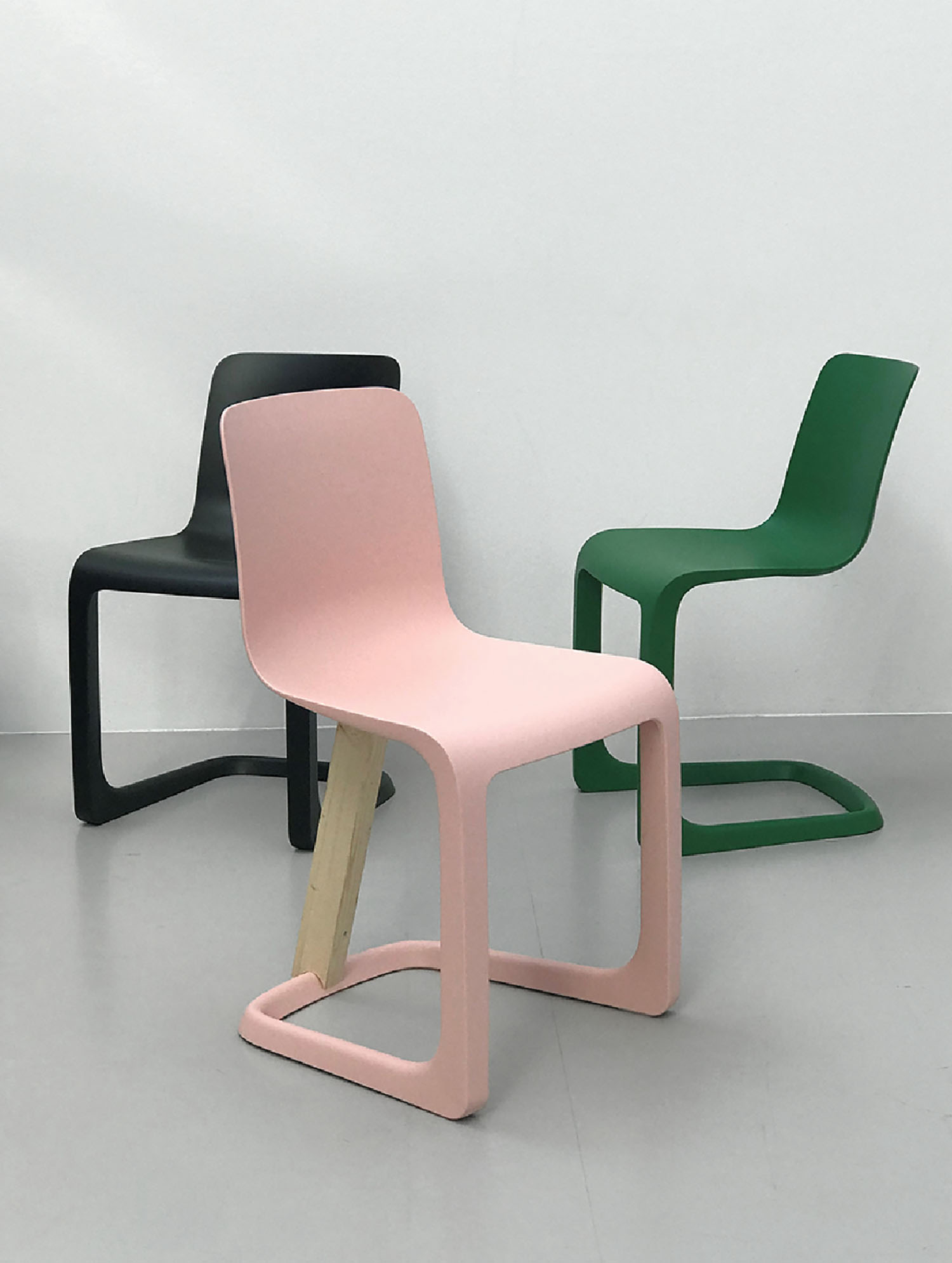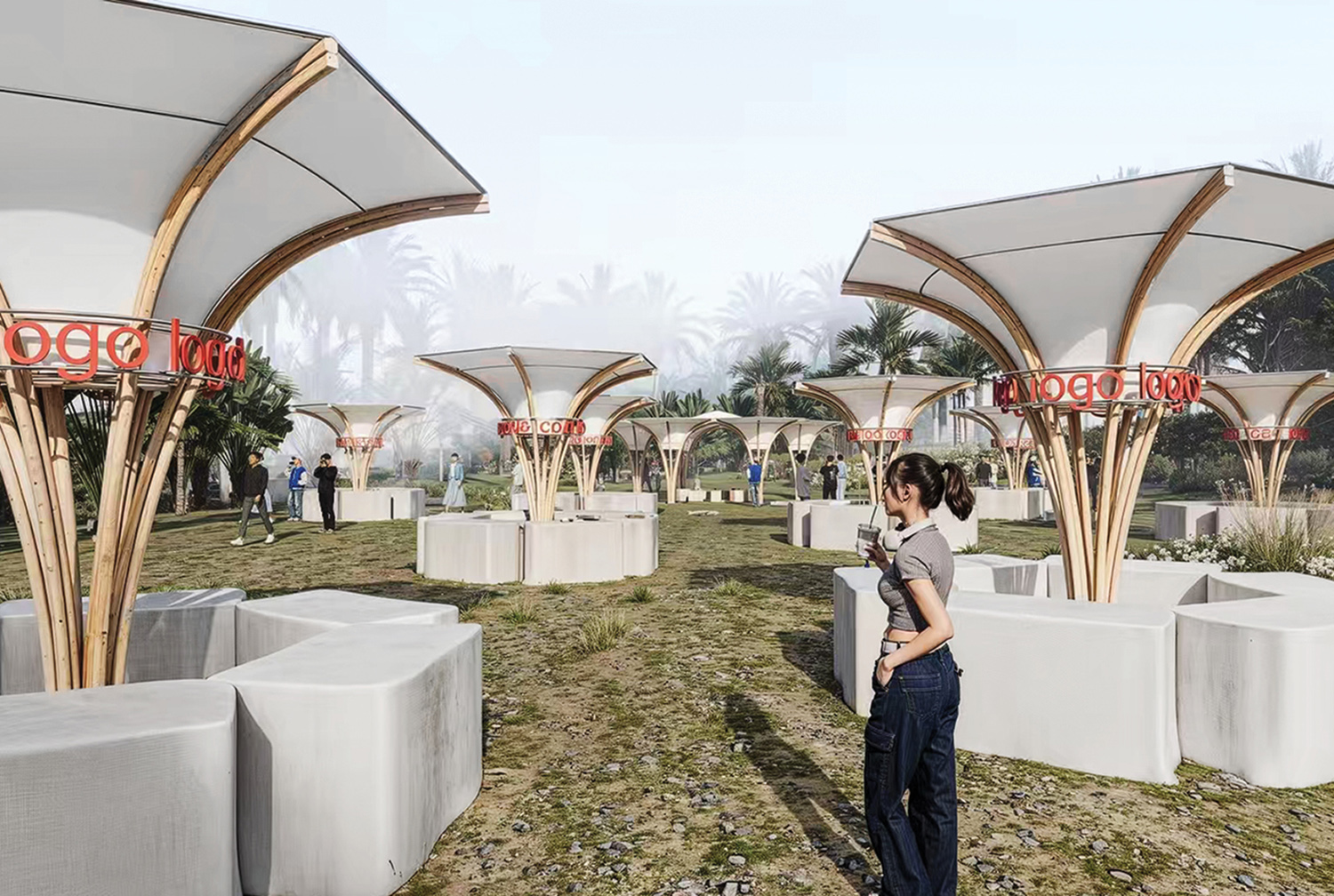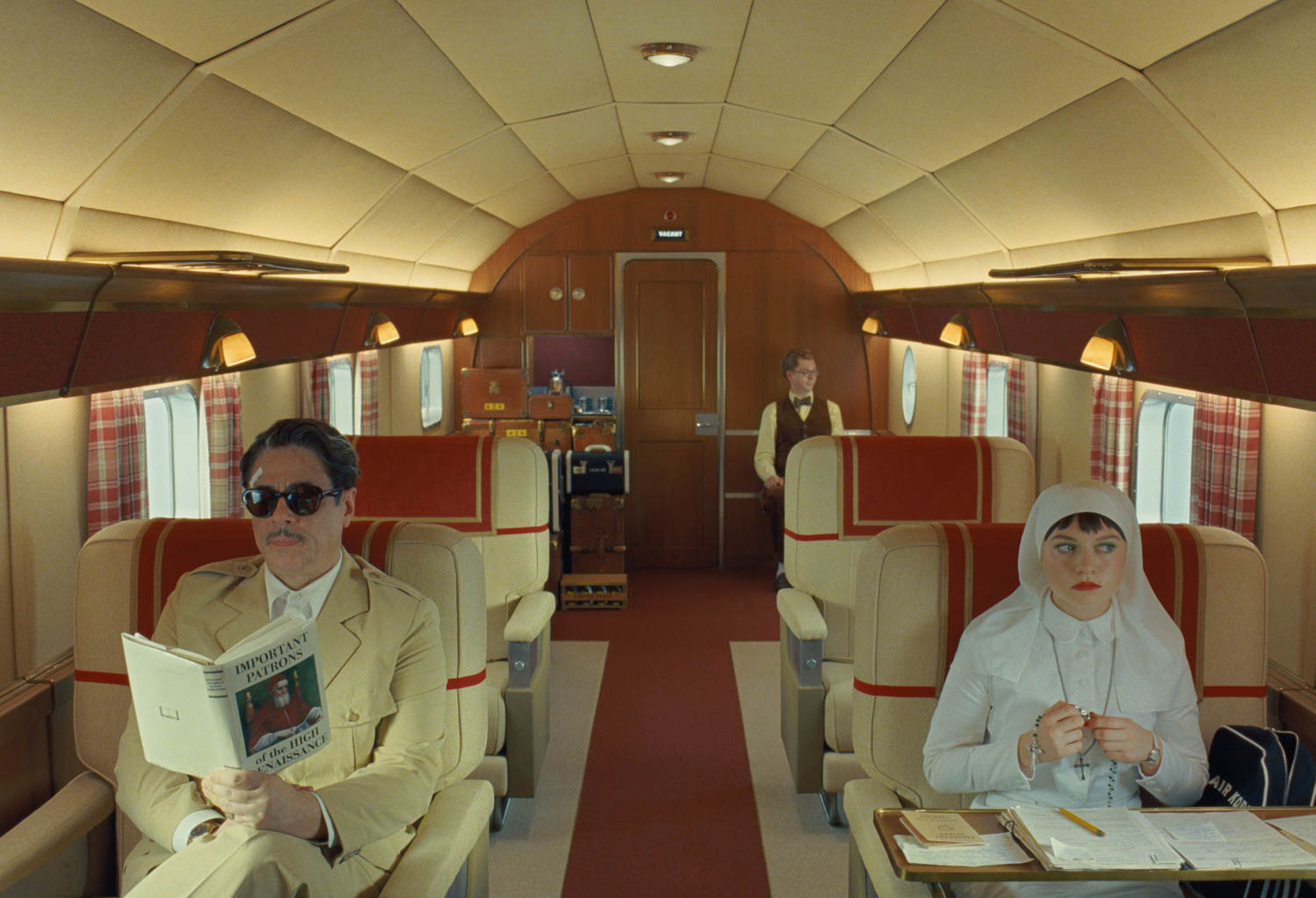Mind-Bending Architecture of Italy and Japan Celebrated at Museo Carlo Bilotti


Italy and Japan just marked the 150th anniversary of establishing diplomatic relations, and the celebrations continue this year with “Architettura Invisibile/Invisible Architecture,” at Rome’s Museo Carlo Bilotti through March 26. As explained by ambassador Umberto Vattani, president of the exhibition’s co-organizer, the Fondazione Italia Giappone, “Architecture is born in the imagination before giving shape and personality to our cities. This show connects the two edges of Eurasia, demonstrating surprising parallels and similarities.” Two avant-garde movements from the 1960’s and ’70’s, Italy’s Radicalism and Japan’s Metabolism, are contrasted with contemporary work—think Archizoom Associati, Superstudio, and Maki and Associates in the former category and Alphaville Architects Co., OFL Architecture, and Yamazaki Kentaro Design Workshop in the latter.



Marine City sketch by Kiyonori Kikutake, 1963. Image courtesy of Kiyonori Kikutake.


Fumihiko Maki and Masato Otaka. The bustle of Shinjuku Terminal, collage, 1960. Image courtesy of Maki and Associates, National Archives of Modern Architecture.


